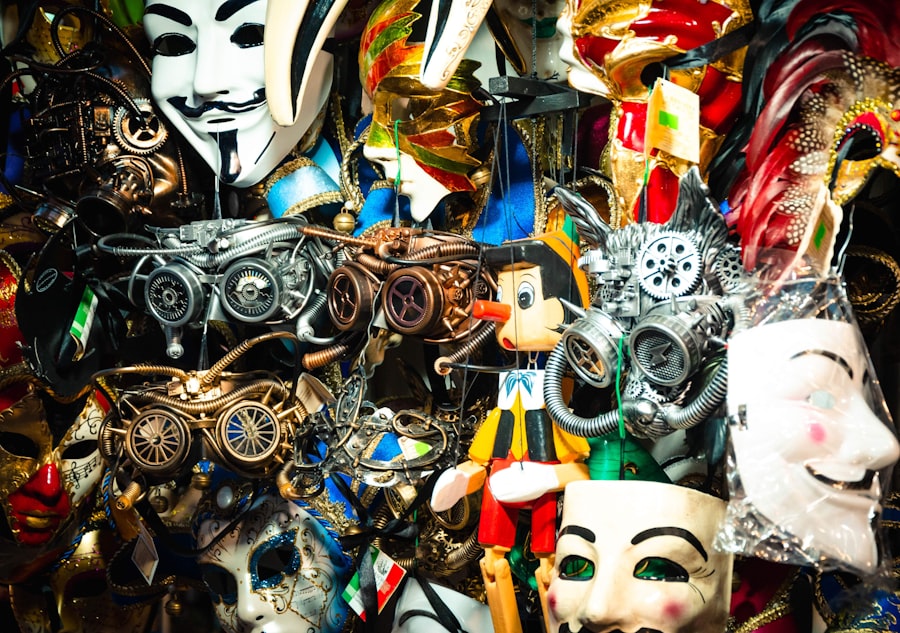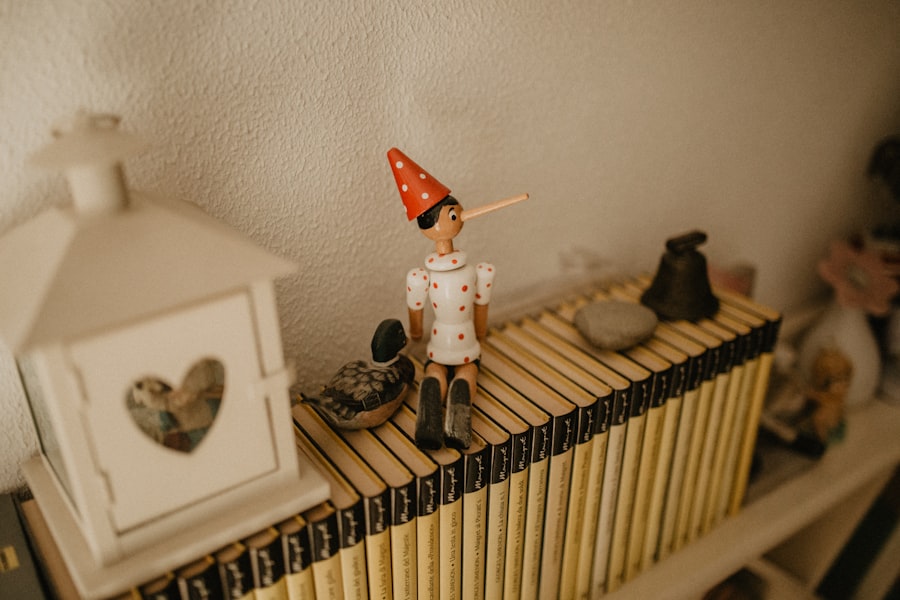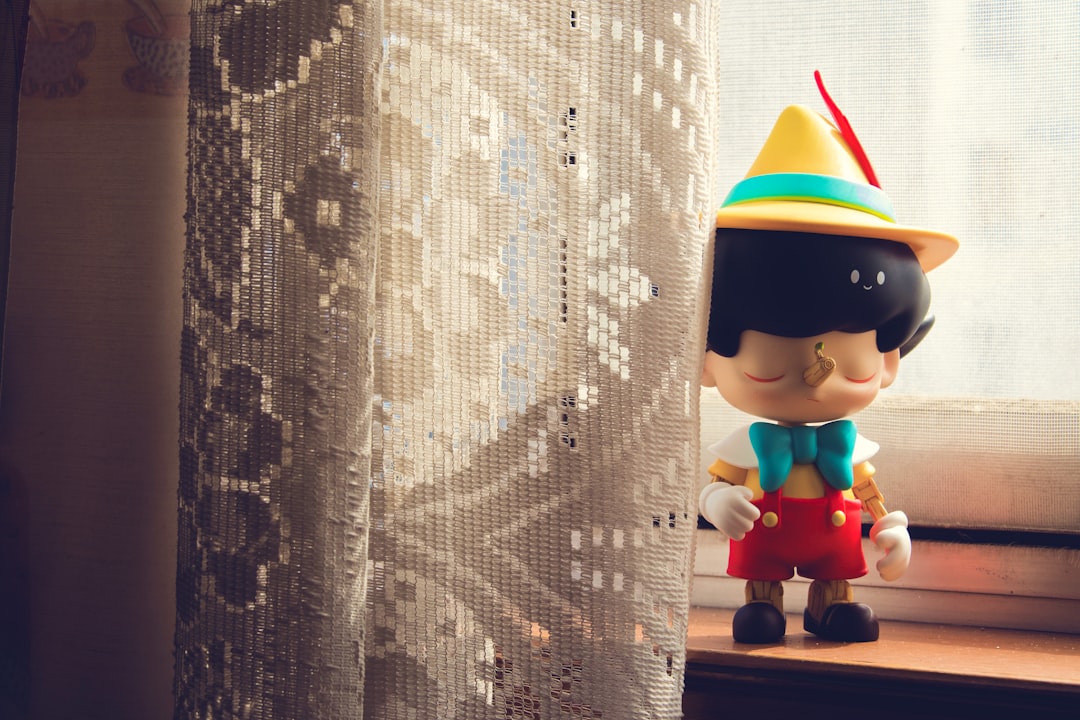Disney has long been synonymous with animated storytelling, captivating audiences of all ages with its enchanting adaptations of classic tales. The studio’s approach to transforming beloved stories into animated features has not only redefined the narratives but also shaped the cultural landscape of modern entertainment. From fairy tales to folklore, Disney’s adaptations often take creative liberties, reimagining characters and plots to resonate with contemporary audiences.
This unique blend of nostalgia and innovation has allowed Disney to maintain its relevance across generations, making its adaptations a significant part of cinematic history. The magic of Disney’s adaptations lies in their ability to evoke emotions while delivering timeless messages. By infusing these stories with vibrant animation, memorable music, and relatable characters, Disney has created a formula that appeals to both children and adults alike.
As the studio continues to revisit its classic films, the evolution of these adaptations reflects changing societal values and artistic trends, ensuring that the essence of the original tales remains intact while also inviting new interpretations. This article will explore the various facets of Disney’s adaptations, focusing on one of its most iconic films: “Pinocchio.”
Key Takeaways
- Disney has a long history of adapting classic stories into animated films, often making significant changes to the original source material.
- The story of Pinocchio, a wooden puppet who dreams of becoming a real boy, has been adapted by Disney with several alterations to the character and plot.
- Changes in character design for Pinocchio and other characters in the Disney adaptation have been made to fit the animated style and appeal to a wider audience.
- Alterations to the plot of Pinocchio include the addition of new characters and the elimination of others, as well as changes in the setting and time period.
- The Disney adaptation of Pinocchio has had a significant impact on pop culture and has left a lasting legacy, despite receiving some criticisms for its deviations from the original story.
The Story of Pinocchio
“Pinocchio,” originally a tale by Italian author Carlo Collodi, tells the story of a wooden puppet who dreams of becoming a real boy. The narrative follows Pinocchio’s adventures as he navigates a world filled with temptation and moral dilemmas. The character of Pinocchio is emblematic of innocence and curiosity, embodying the struggles of childhood as he learns about honesty, bravery, and the importance of making wise choices.
The story is rich with fantastical elements, including talking animals and magical transformations, which serve to enhance the moral lessons embedded within the narrative. Disney’s adaptation of “Pinocchio,” released in 1940, brought this timeless tale to life through groundbreaking animation techniques and a captivating score.
It emphasizes themes of redemption and personal growth, showcasing Pinocchio’s journey from a naive puppet to a conscientious boy. The film’s narrative structure allows for a deeper exploration of Pinocchio’s character, highlighting his struggles and triumphs as he learns the value of honesty and integrity.
Changes in Character Design

One of the most notable aspects of Disney’s adaptation of “Pinocchio” is the transformation of character design. While Collodi’s original illustrations depicted Pinocchio as a more wooden and less expressive figure, Disney’s animators infused him with personality and charm. The design choices made for Pinocchio emphasized his childlike innocence, featuring large expressive eyes and a playful demeanor that endeared him to audiences.
This shift in character design not only made Pinocchio more relatable but also allowed for a greater emotional connection between the character and viewers. In addition to Pinocchio, other characters underwent significant redesigns as well. Geppetto, the kind-hearted woodcarver who creates Pinocchio, is portrayed as a warm and nurturing figure in Disney’s version, contrasting with the more complex character found in Collodi’s tale.
Similarly, characters like Jiminy Cricket were given distinct personalities that contributed to the film’s overall charm. Jiminy serves as Pinocchio’s conscience, guiding him through his moral dilemmas while providing comic relief. These design choices reflect Disney’s commitment to creating characters that resonate with audiences on an emotional level.
Alterations to the Plot
| Movie Title | Number of Alterations | Type of Alterations |
|---|---|---|
| The Matrix | 5 | Character changes, plot twists |
| Harry Potter and the Sorcerer’s Stone | 3 | Deleted scenes, added subplots |
| Avengers: Endgame | 7 | Alternate ending, extended action sequences |
Disney’s adaptation of “Pinocchio” also involved substantial alterations to the plot, streamlining certain elements while enhancing others for dramatic effect. In Collodi’s original story, Pinocchio experiences a series of darker and more perilous adventures, including encounters with deceitful characters that lead him astray. Disney chose to soften these elements, focusing instead on themes of friendship and loyalty.
For instance, the character of Lampwick, who represents temptation and vice in the original tale, is portrayed in a less sinister light in the film. The film also introduces pivotal scenes that were not present in Collodi’s version, such as Pinocchio’s encounter with Monstro the whale. This climactic moment serves as a turning point in Pinocchio’s journey, emphasizing his bravery and determination to save Geppetto.
By altering the plot in this way, Disney not only created a more cohesive narrative but also reinforced the film’s central themes of courage and selflessness. These changes reflect Disney’s understanding of audience expectations and their desire for uplifting storytelling.
New Characters and Eliminated Characters
In adapting “Pinocchio,” Disney introduced several new characters that enriched the narrative while also eliminating others from Collodi’s original tale. One notable addition is Figaro, Geppetto’s pet cat, who provides comic relief and adds depth to Geppetto’s character as a loving father figure. Figaro’s antics serve to lighten the mood during tense moments in the story, making him an integral part of the film’s charm.
Conversely, some characters from Collodi’s narrative were omitted entirely or significantly altered in their roles. For example, the character of the Fox and the Cat, who represent deceit and manipulation in the original story, are less prominent in Disney’s adaptation. This decision reflects Disney’s intention to create a more family-friendly narrative that emphasizes positive values rather than darker themes associated with betrayal and trickery.
By carefully curating the cast of characters, Disney crafted a story that resonates with audiences while maintaining its moral core.
Changes in Setting and Time Period

The setting and time period of Disney’s “Pinocchio” also underwent significant changes compared to Collodi’s original work. While Collodi’s tale is rooted in 19th-century Italy, Disney’s adaptation presents a more timeless and universal setting that appeals to a broader audience. The film features whimsical landscapes filled with vibrant colors and fantastical elements that enhance its fairy-tale quality.
Additionally, Disney’s choice to create an idyllic small-town atmosphere allows viewers to connect with Pinocchio’s journey on a personal level. The quaint village where Geppetto lives serves as a backdrop for themes of family and community, reinforcing the importance of love and support in overcoming challenges. By shifting the setting away from its specific cultural origins, Disney created a narrative that transcends geographical boundaries, making it accessible to audiences worldwide.
Themes and Moral Lessons
At its core, “Pinocchio” is a story about growth and self-discovery, exploring themes that resonate deeply with audiences across generations. One of the most prominent moral lessons is the importance of honesty; Pinocchio’s nose grows longer whenever he tells a lie, serving as a visual representation of the consequences of dishonesty. This theme is particularly relevant for children, teaching them about integrity and accountability in their actions.
Another significant theme is the value of courage and selflessness. Throughout his journey, Pinocchio faces numerous challenges that test his bravery and resolve. His ultimate act of heroism—risking his own safety to save Geppetto—underscores the idea that true growth comes from putting others before oneself.
These moral lessons are woven seamlessly into the narrative, allowing viewers to reflect on their own values while enjoying an engaging story.
Music and Soundtrack Adaptations
The music in Disney’s “Pinocchio” plays a crucial role in enhancing the emotional depth of the film. The soundtrack features memorable songs such as “When You Wish Upon a Star,” which has become an anthem for hope and dreams. This iconic song encapsulates the essence of Pinocchio’s journey—his desire to become a real boy—and resonates with audiences on an emotional level.
Disney’s adaptation also incorporates musical elements that serve to advance the plot and develop characters further. For instance, Jiminy Cricket’s song “I’ve Got No Strings” reflects Pinocchio’s newfound freedom while simultaneously highlighting his internal struggle between independence and responsibility. The integration of music not only enriches the storytelling experience but also solidifies “Pinocchio” as a timeless classic that continues to inspire generations.
Cultural and Societal Influences
Disney’s adaptation of “Pinocchio” reflects cultural and societal influences prevalent during its release in 1940. The film emerged during a time when traditional family values were emphasized in American society, aligning with Disney’s goal of creating wholesome entertainment for families. The portrayal of Geppetto as a loving father figure embodies these values, reinforcing the importance of family bonds in overcoming adversity.
Moreover, “Pinocchio” addresses broader societal themes such as personal responsibility and moral integrity—values that were particularly relevant during World War II when the film was released. By presenting these themes through an engaging narrative, Disney provided audiences with both entertainment and valuable life lessons during challenging times. The cultural context surrounding “Pinocchio” contributed significantly to its lasting impact on viewers.
Reception and Criticisms
Upon its release, “Pinocchio” received mixed reviews from critics but ultimately garnered acclaim for its animation quality and musical score. While some critics praised its artistic achievements, others felt that certain elements were too dark for younger audiences. Over time, however, “Pinocchio” has come to be regarded as one of Disney’s masterpieces, celebrated for its innovative animation techniques and emotional storytelling.
Despite its eventual acclaim, “Pinocchio” faced challenges at the box office upon its initial release due to competition from other films during World War
Impact on Pop Culture and Legacy
The impact of “Pinocchio” on pop culture is undeniable; it has inspired countless adaptations across various media forms including stage productions, television shows, and merchandise. The character of Pinocchio has become an enduring symbol of childhood innocence and moral growth, often referenced in discussions about honesty and integrity. Furthermore, “Pinocchio” has left an indelible mark on Disney’s legacy as one of its most cherished animated films.
Its themes continue to resonate with audiences today, reminding them of the importance of honesty, bravery, and self-discovery. As Disney revisits its classics through live-action adaptations and reimaginings, “Pinocchio” remains a touchstone for exploring how timeless stories can be adapted for new generations while retaining their core messages. In conclusion, Disney’s adaptation of “Pinocchio” exemplifies how classic tales can be reinterpreted through animation while preserving their essential themes and morals.
Through changes in character design, plot alterations, new characters, musical elements, cultural influences, and societal reflections, Disney has created a version of “Pinocchio” that resonates deeply with audiences around the world. Its legacy continues to inspire creativity and imagination across generations, solidifying its place in cinematic history as one of Disney’s most beloved adaptations.
Disney’s recent changes to the classic tale of Pinocchio have sparked discussions about the evolution of storytelling in animated films. The alterations aim to modernize the narrative and address contemporary themes, which has led to mixed reactions from audiences. For a deeper dive into the implications of these changes and how they reflect broader trends in animation, you can read more in this related article: Hey Did You Know This.
WATCH THIS! The Pinocchio Story Disney Doesn’t Want You To Know (It’s Brutal)
FAQs
What changes did Disney make to the story of Pinocchio?
Disney made several changes to the original story of Pinocchio, including adding new characters, altering the plot, and toning down some of the darker elements of the original tale.
Did Disney change the characters in Pinocchio?
Yes, Disney added new characters to the story of Pinocchio, such as Jiminy Cricket, who serves as Pinocchio’s conscience and guide throughout the film.
How did Disney alter the plot of Pinocchio?
Disney made several alterations to the plot of Pinocchio, including adding new scenes and changing the sequence of events to fit the format of a feature-length animated film.
Did Disney tone down the darker elements of the original Pinocchio story?
Yes, Disney toned down some of the darker elements of the original Pinocchio story, such as the character of the Blue Fairy being less vengeful and the fate of the characters being less grim in the Disney version.
What other changes did Disney make to Pinocchio?
Disney also added musical numbers and a more lighthearted tone to the story of Pinocchio, as well as incorporating elements of humor and adventure to appeal to a wider audience.
